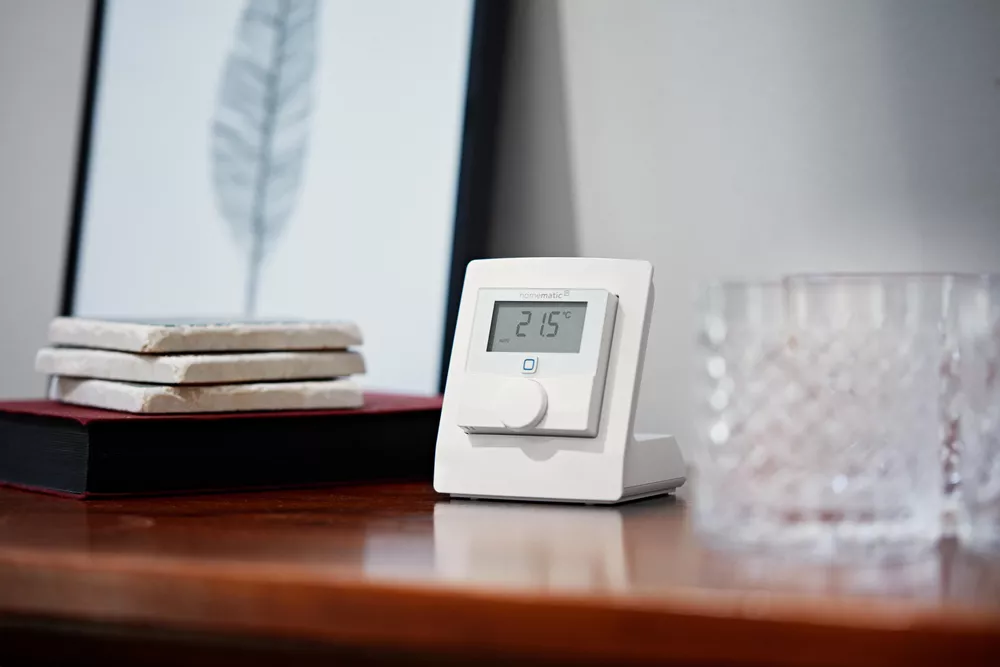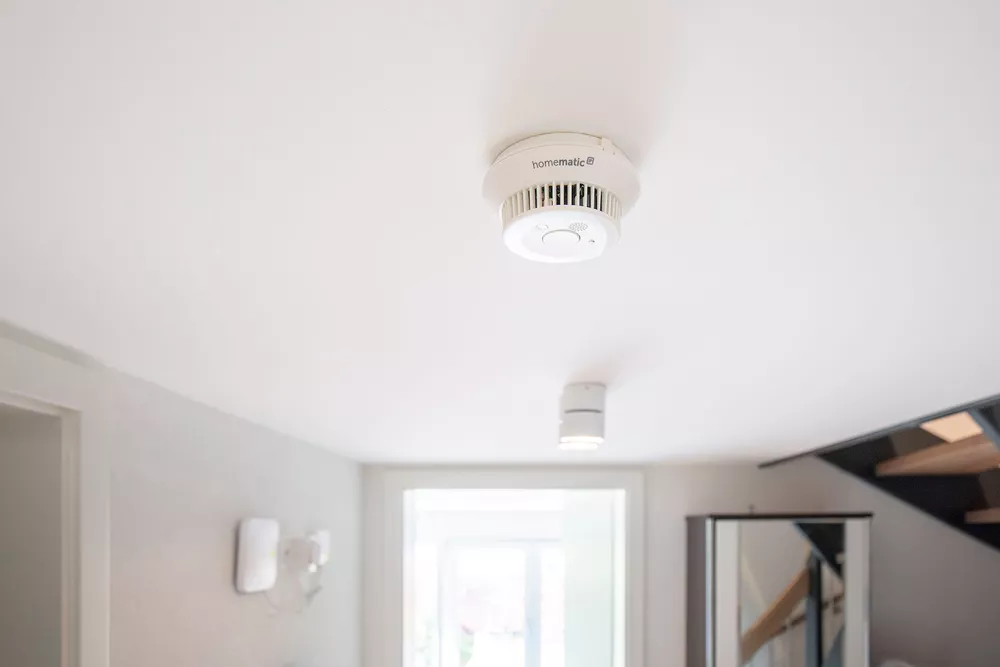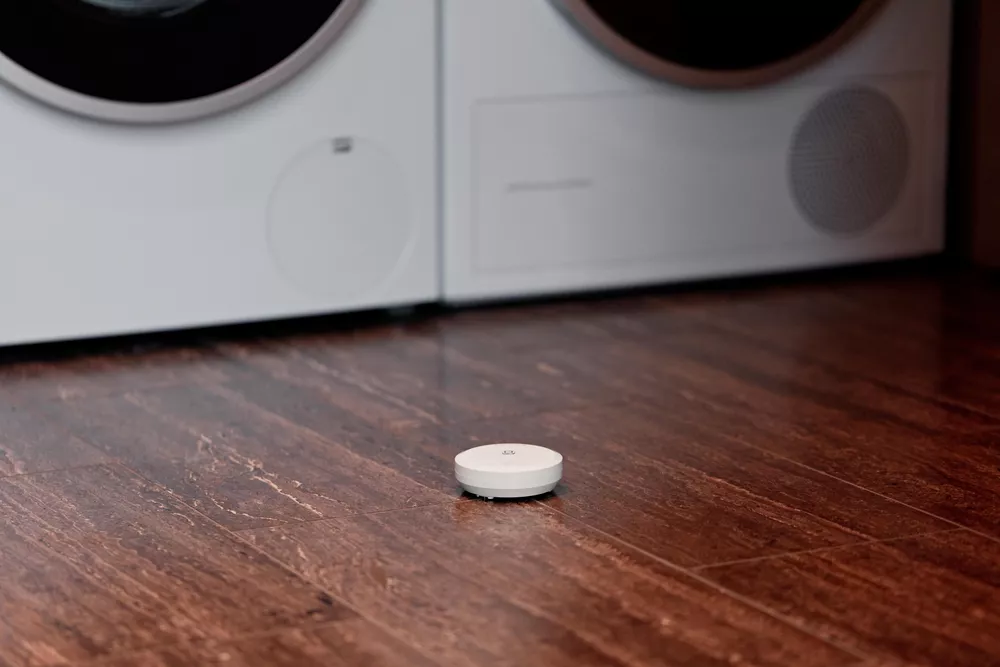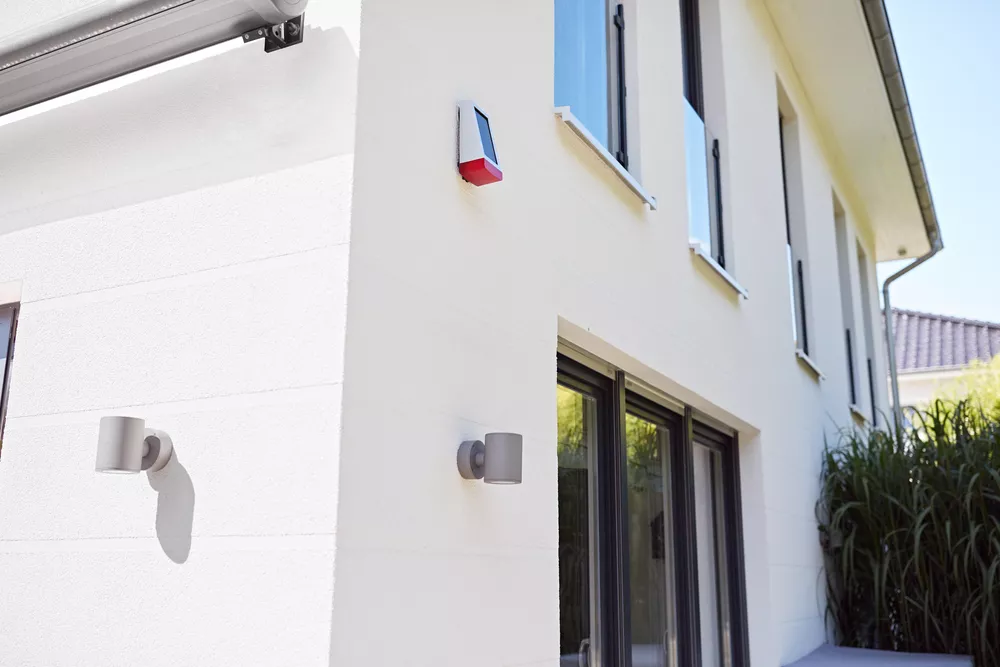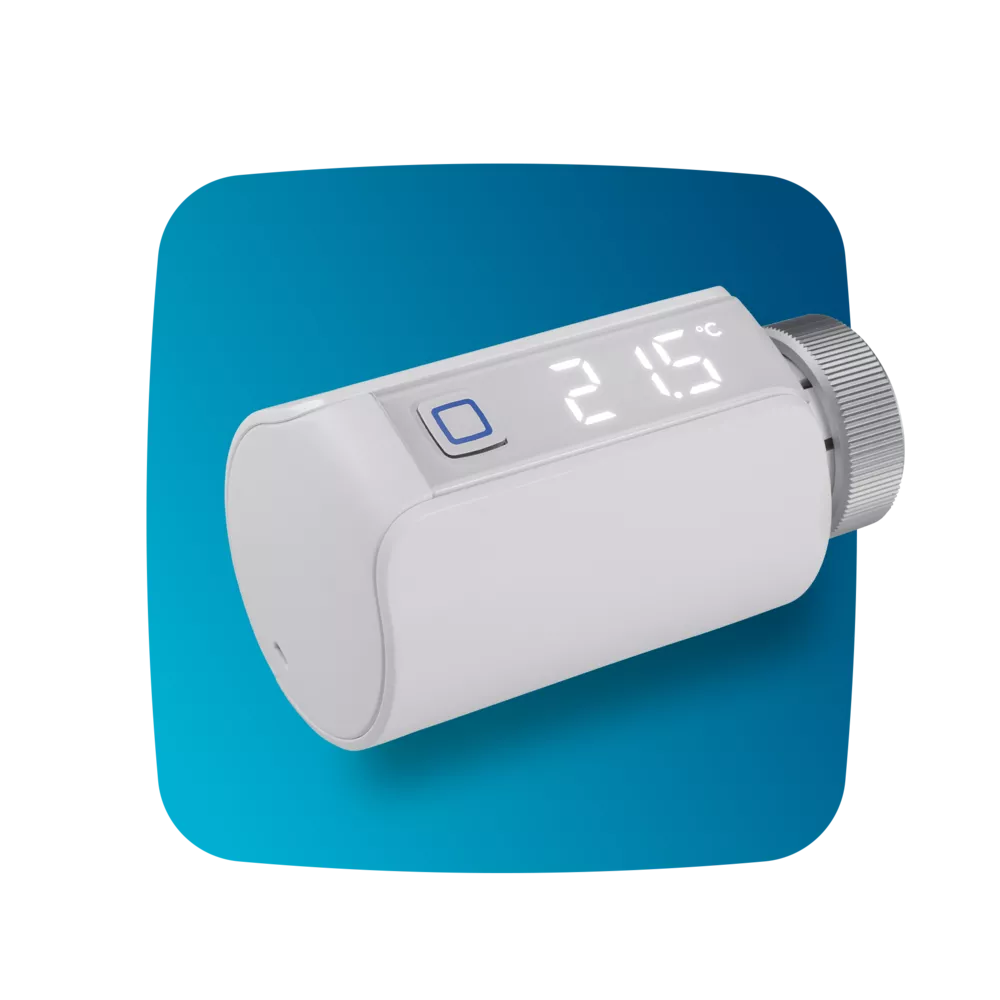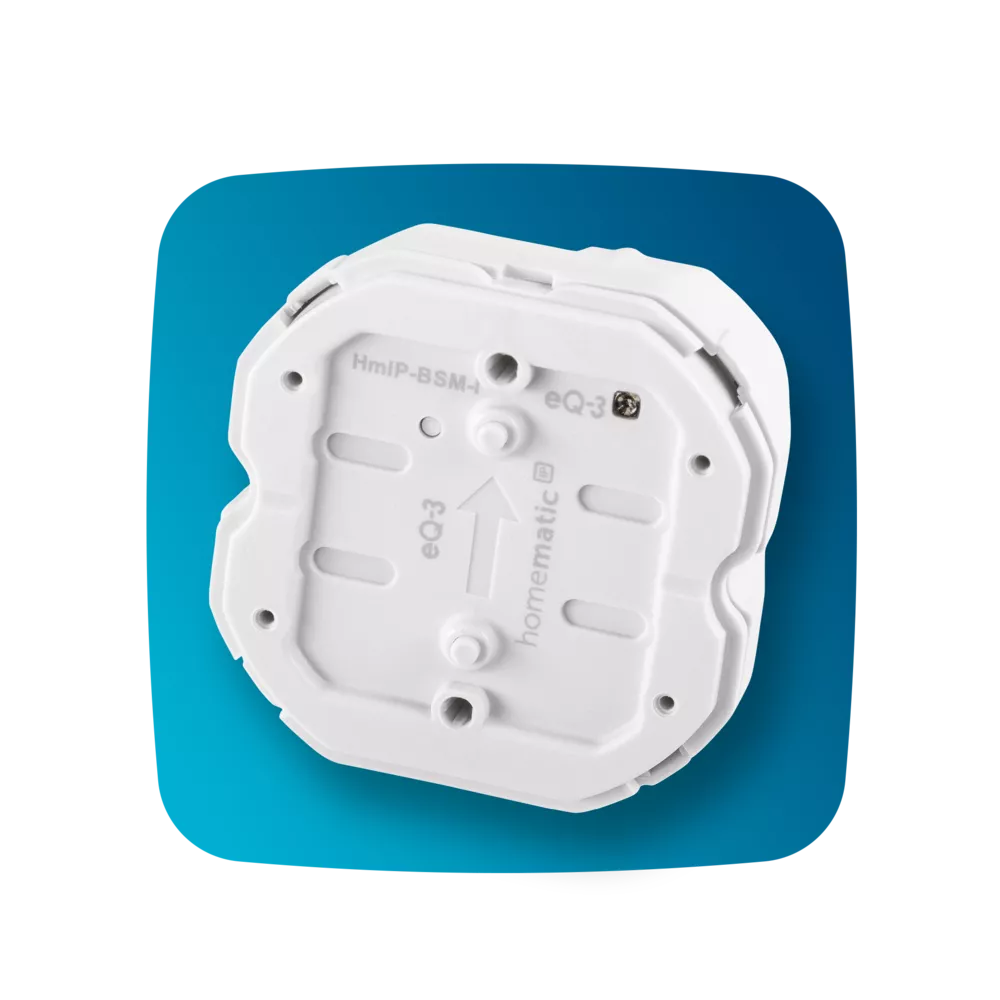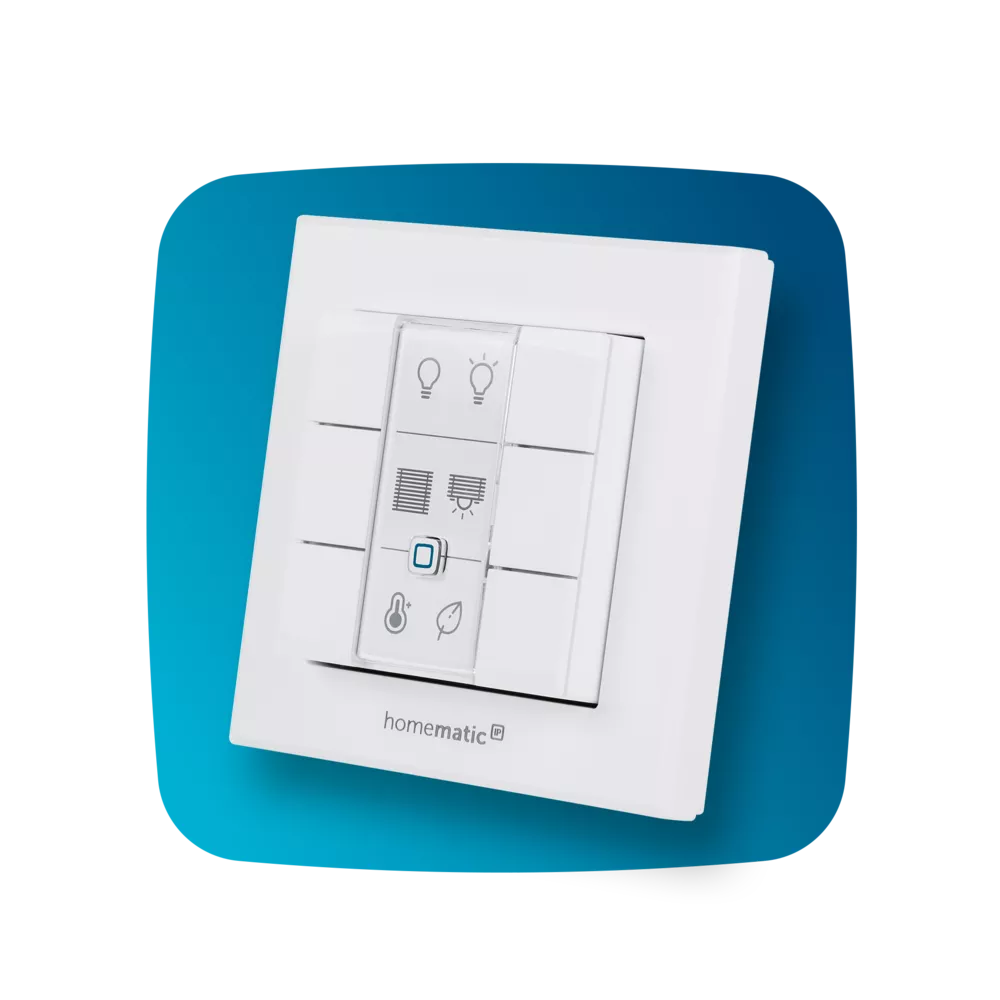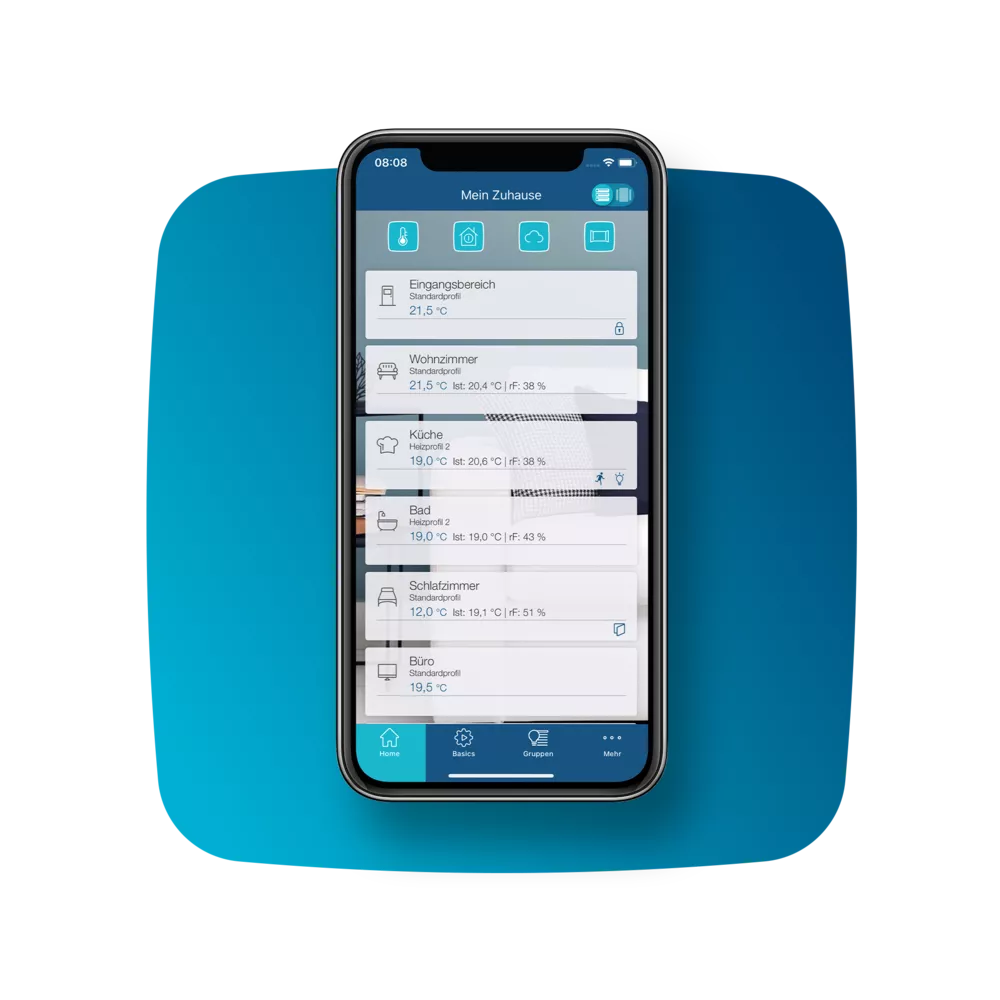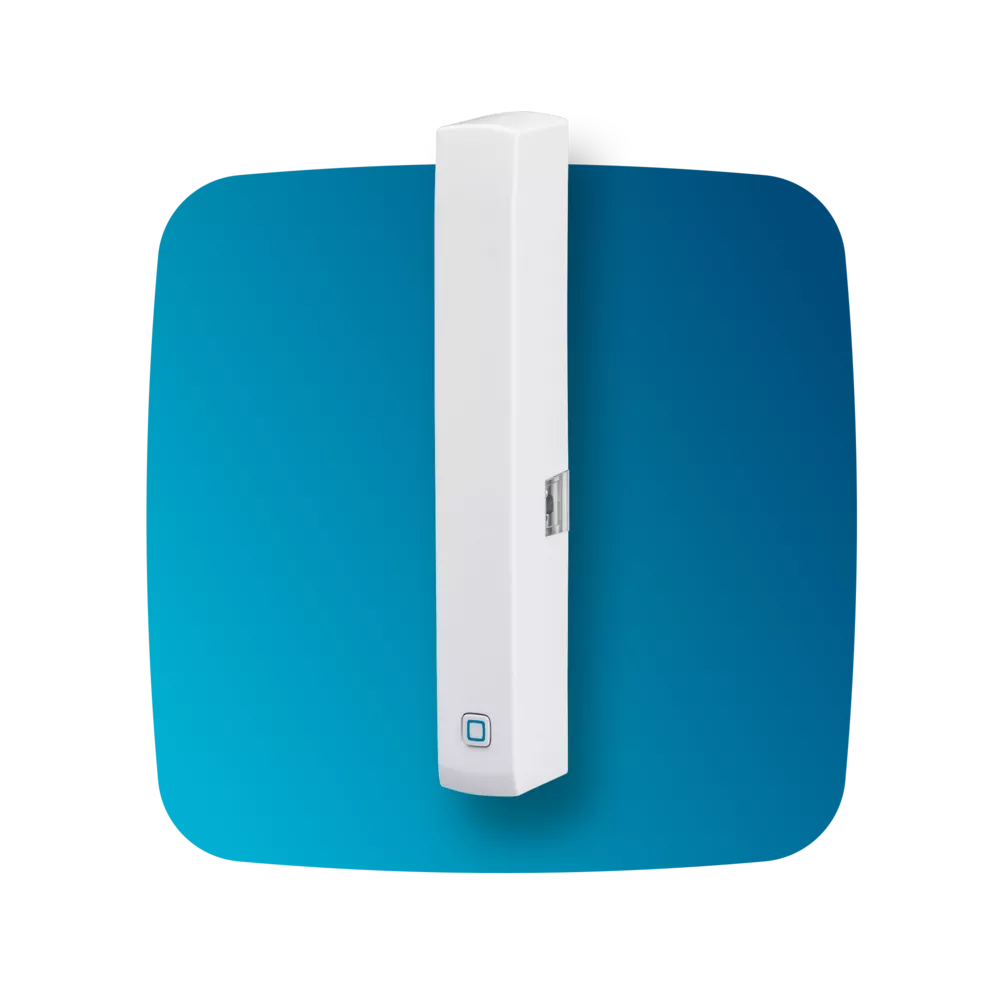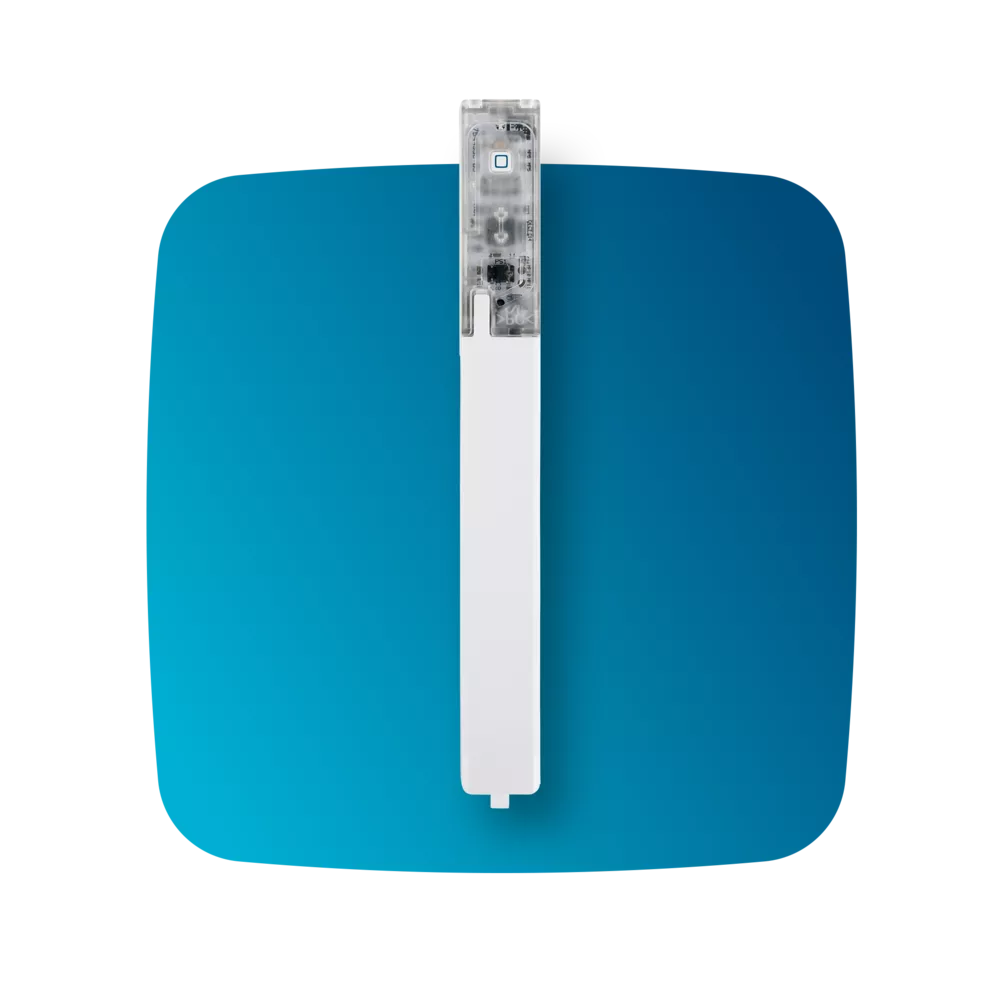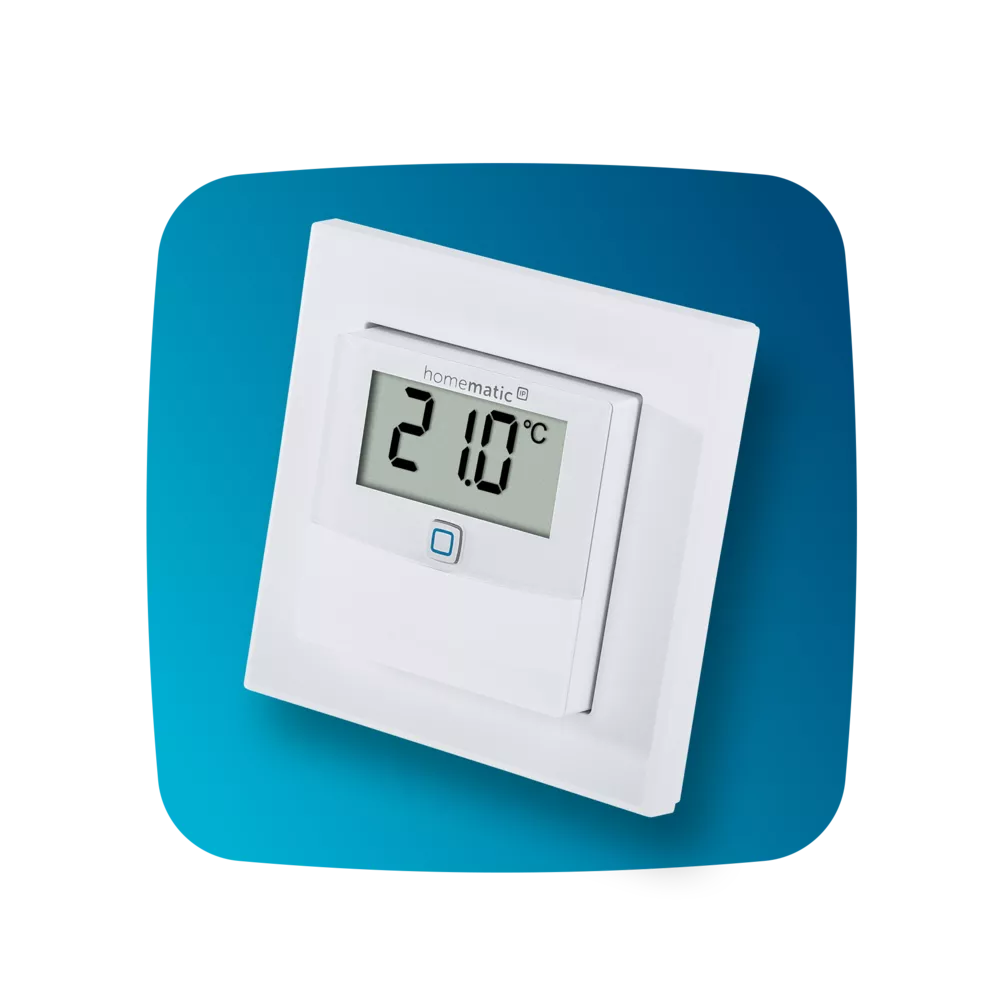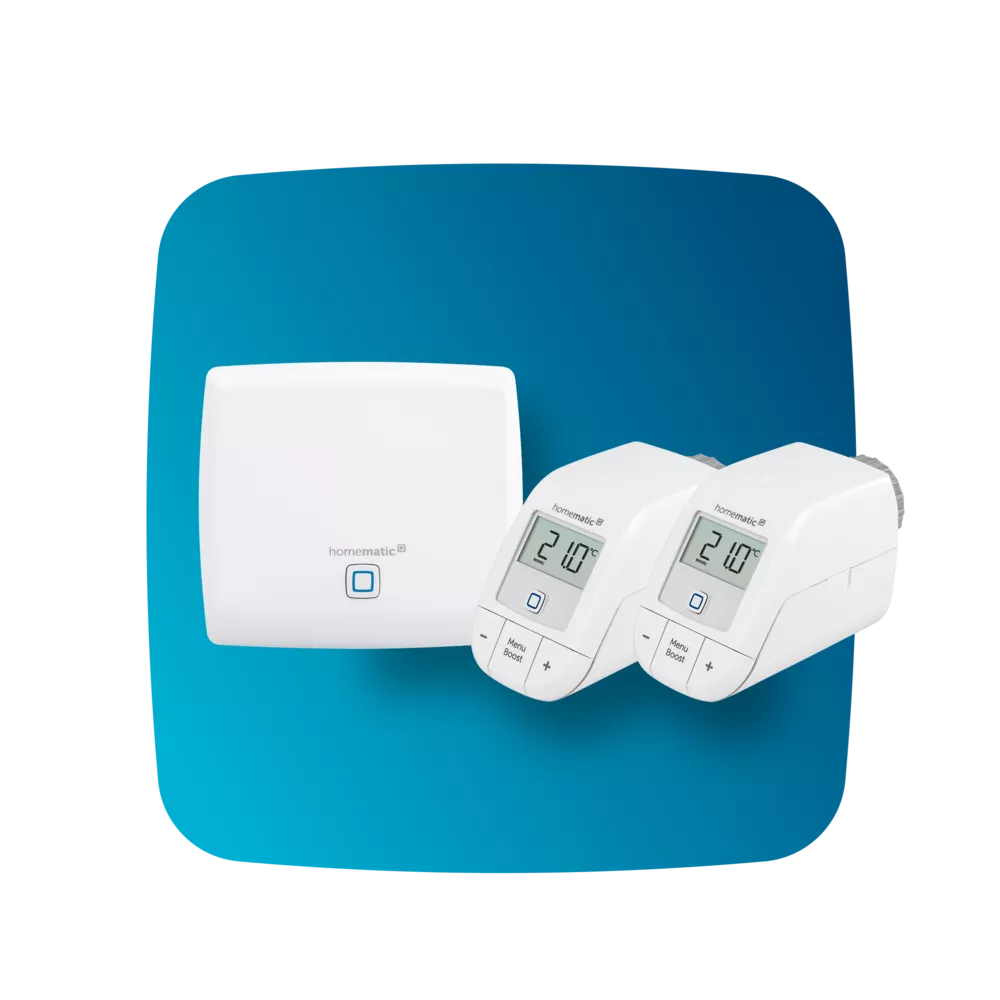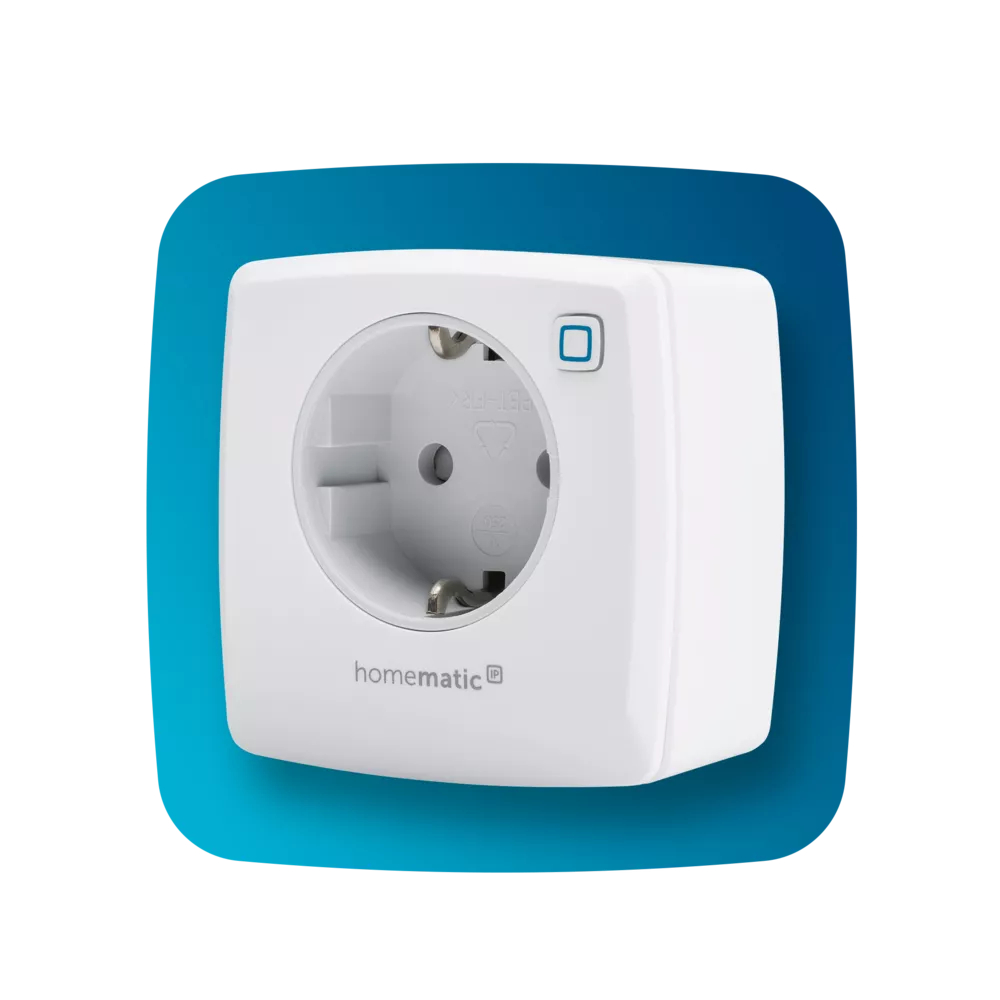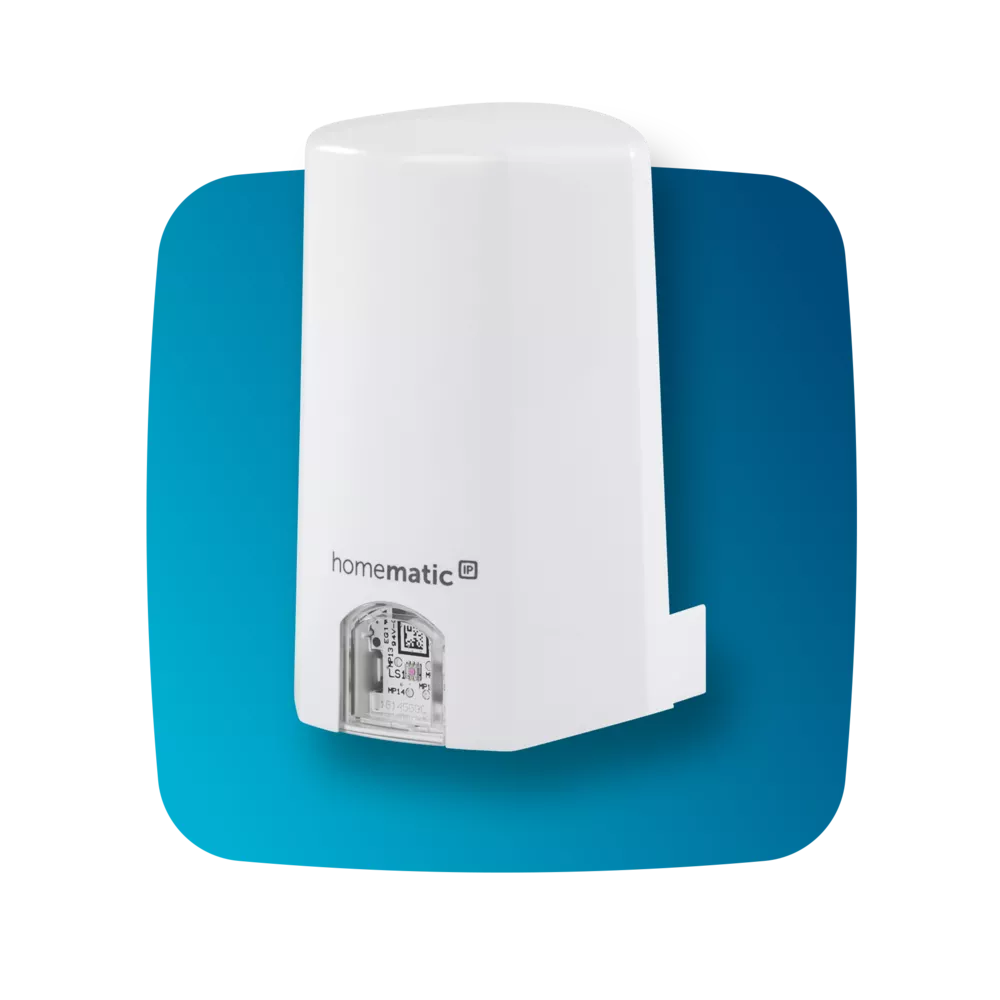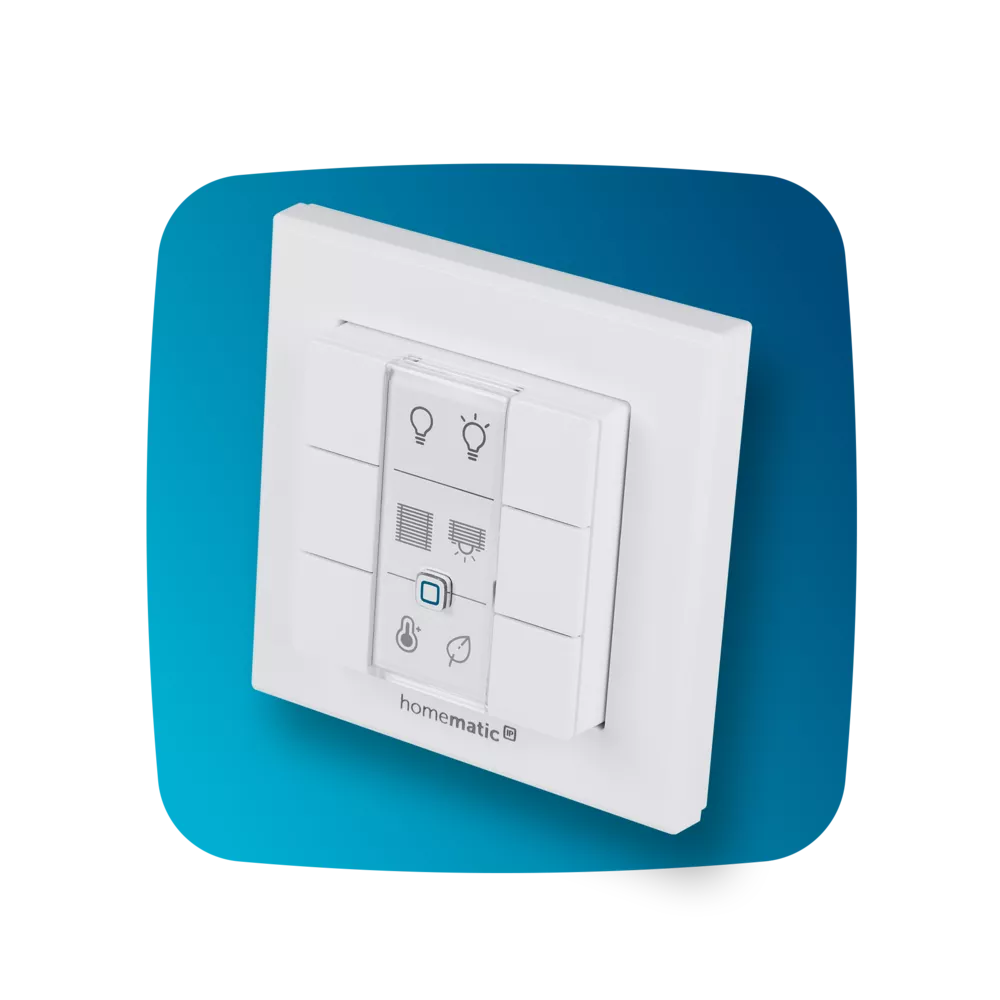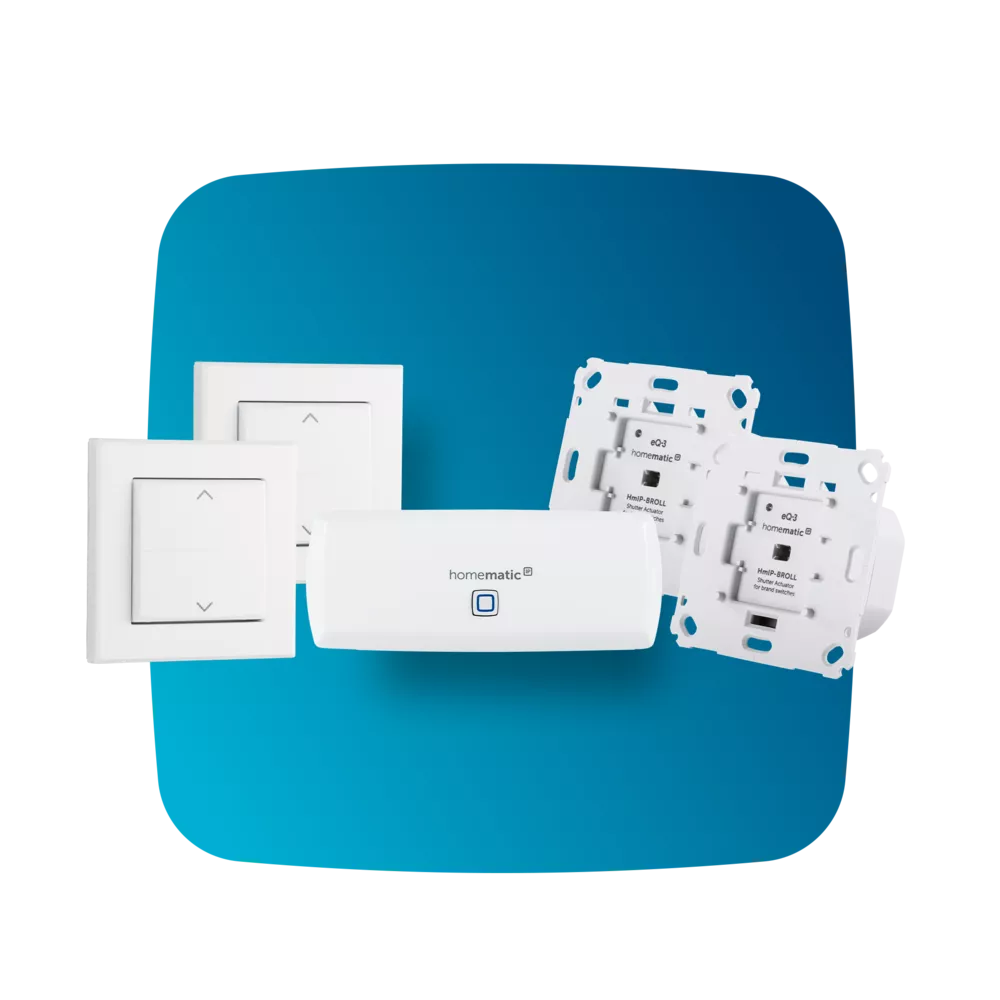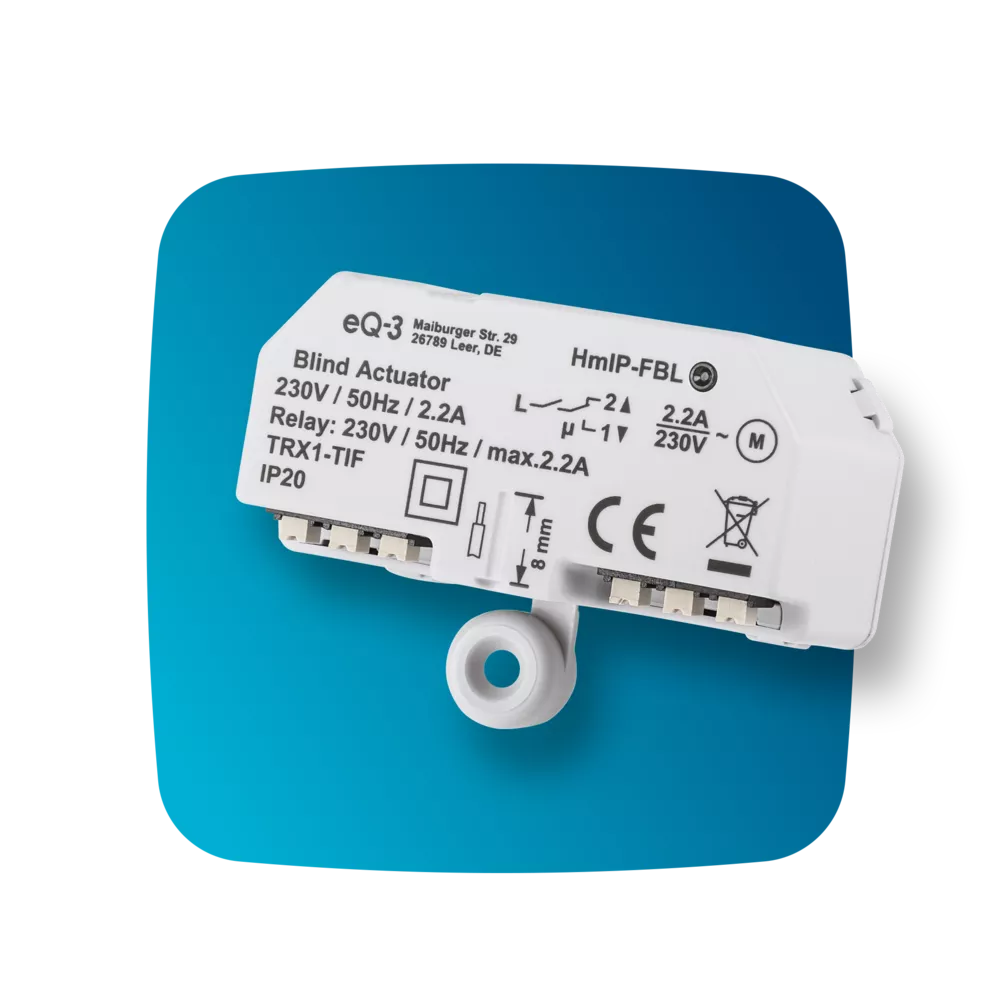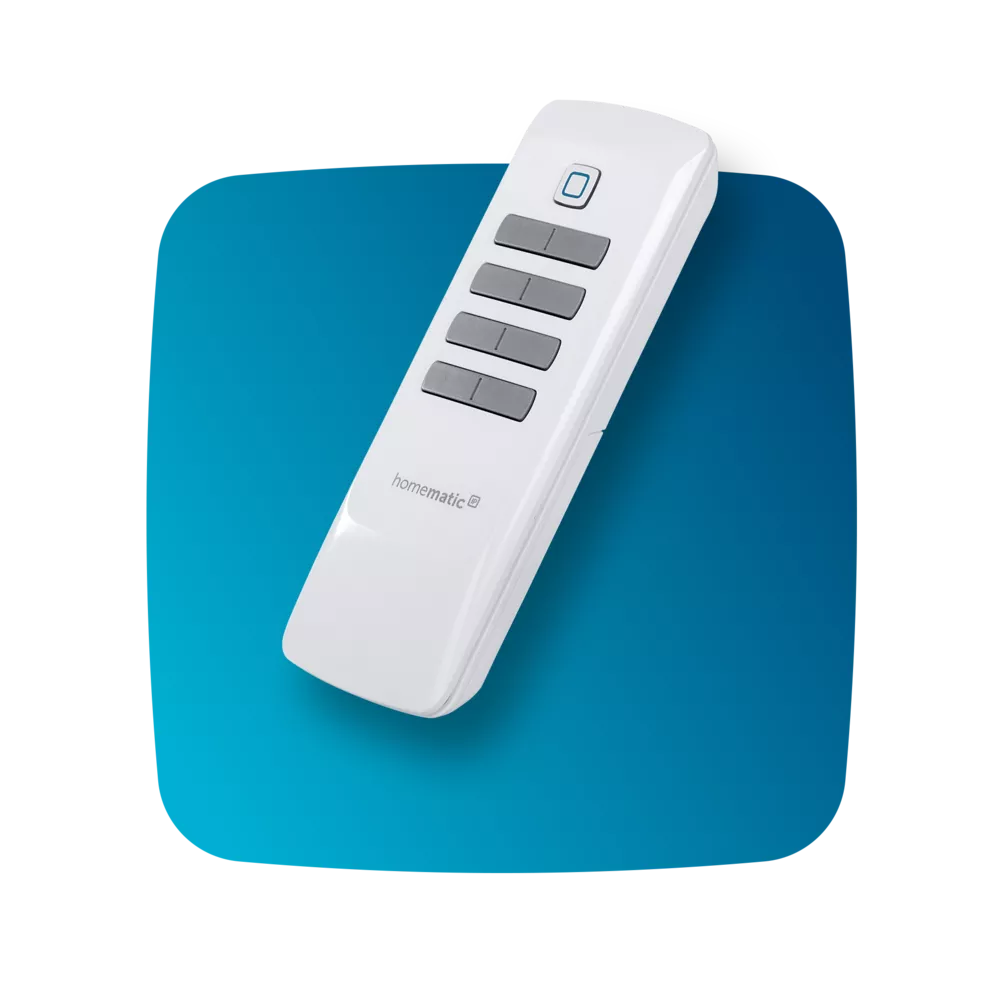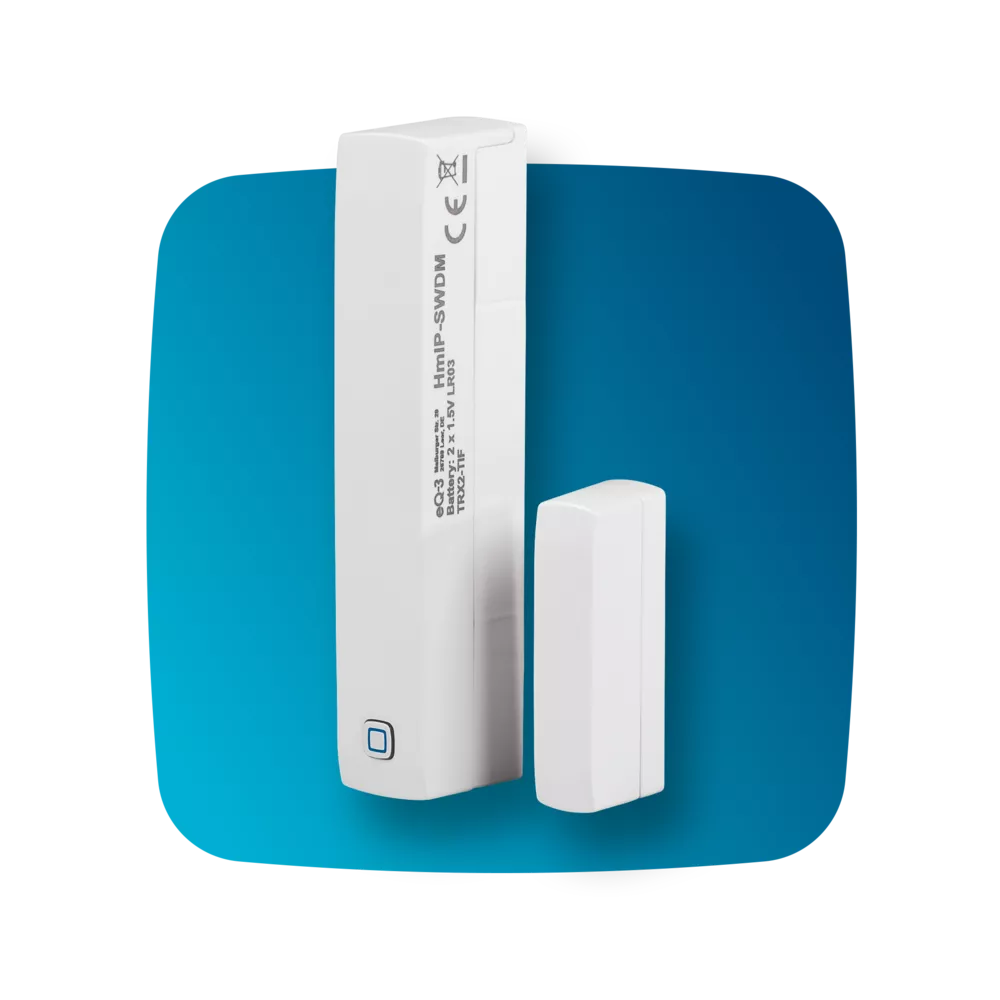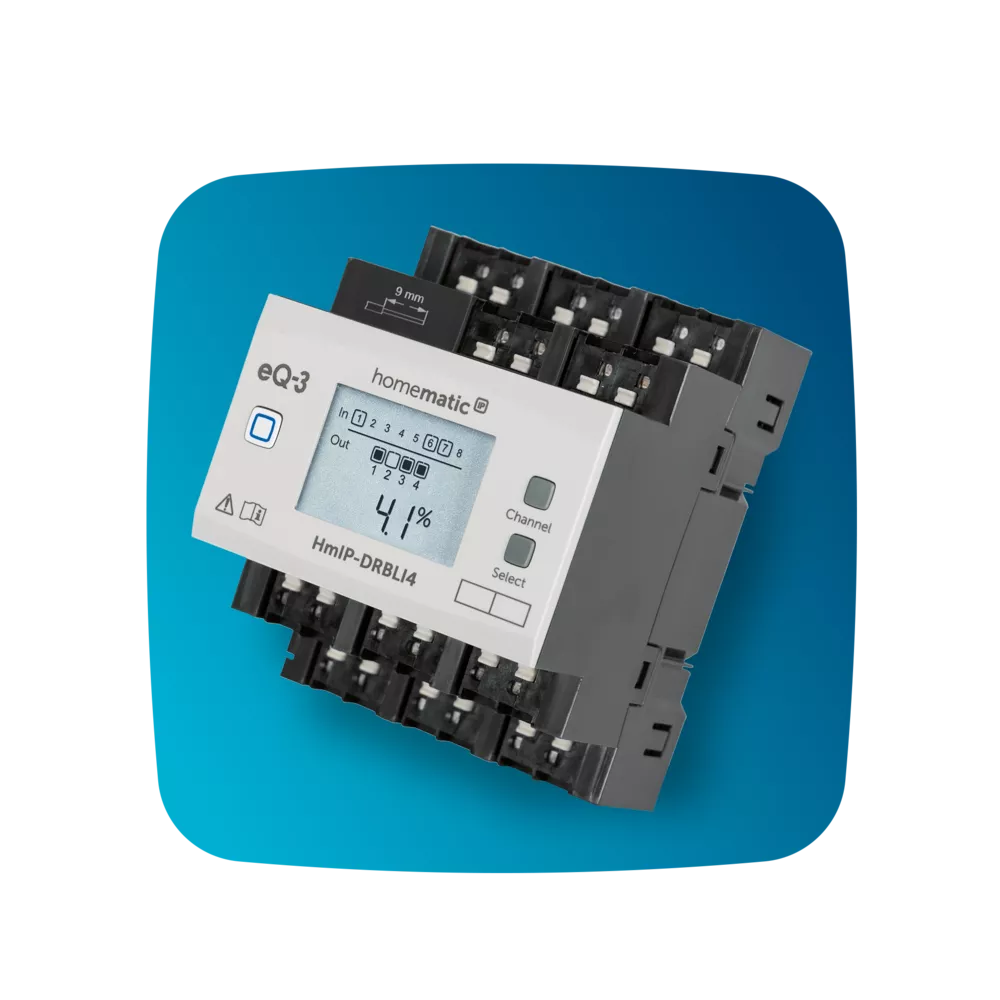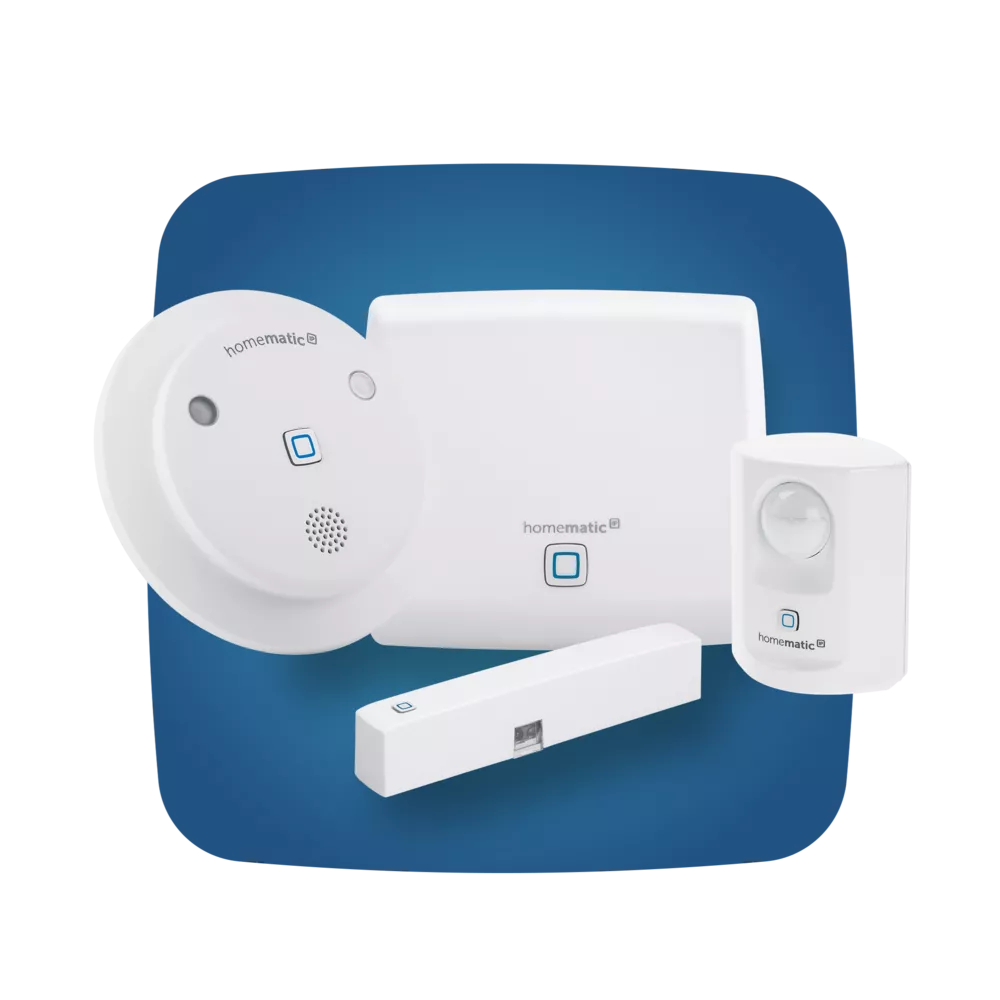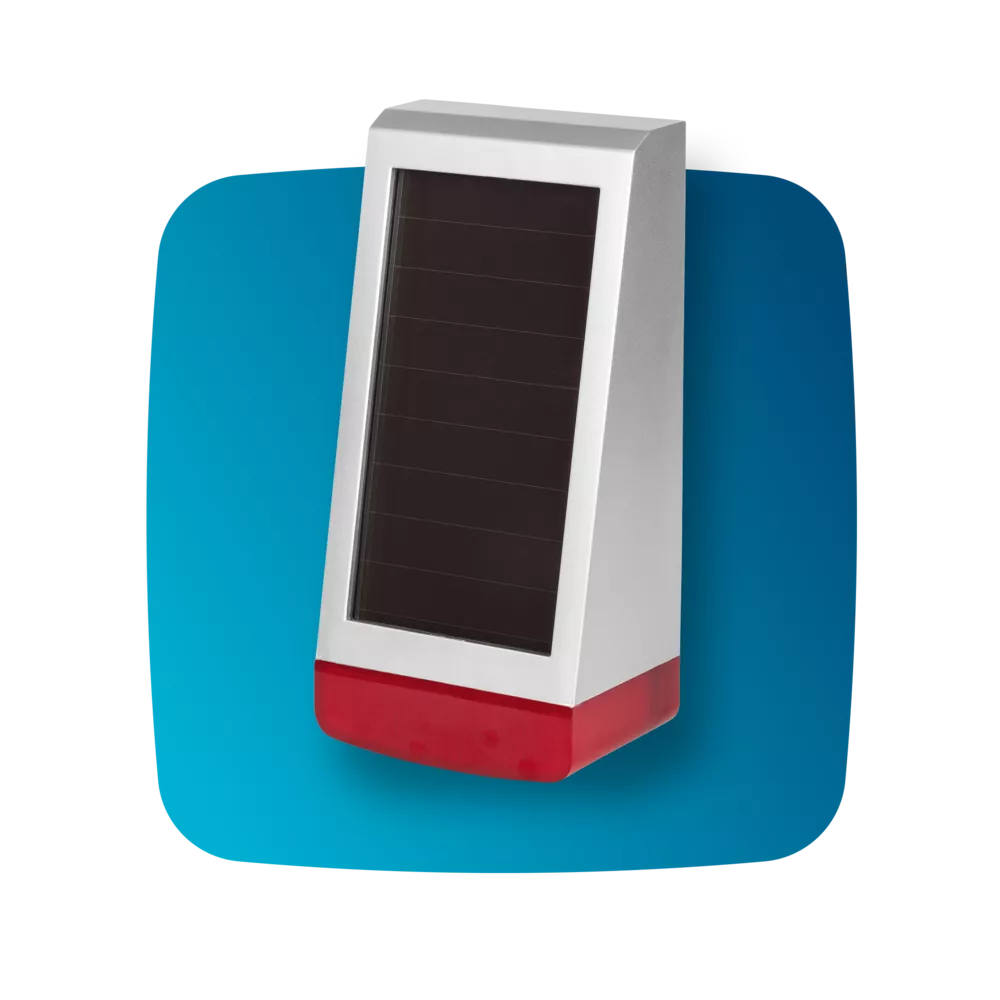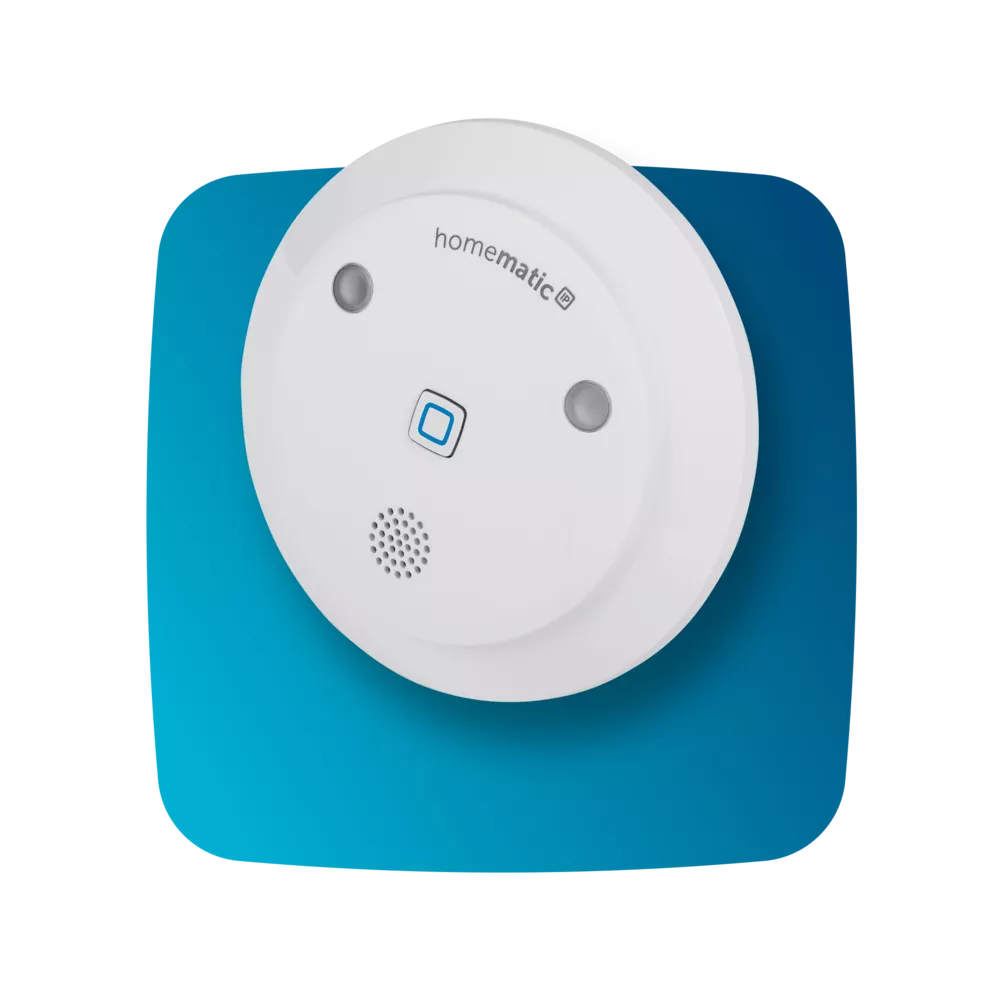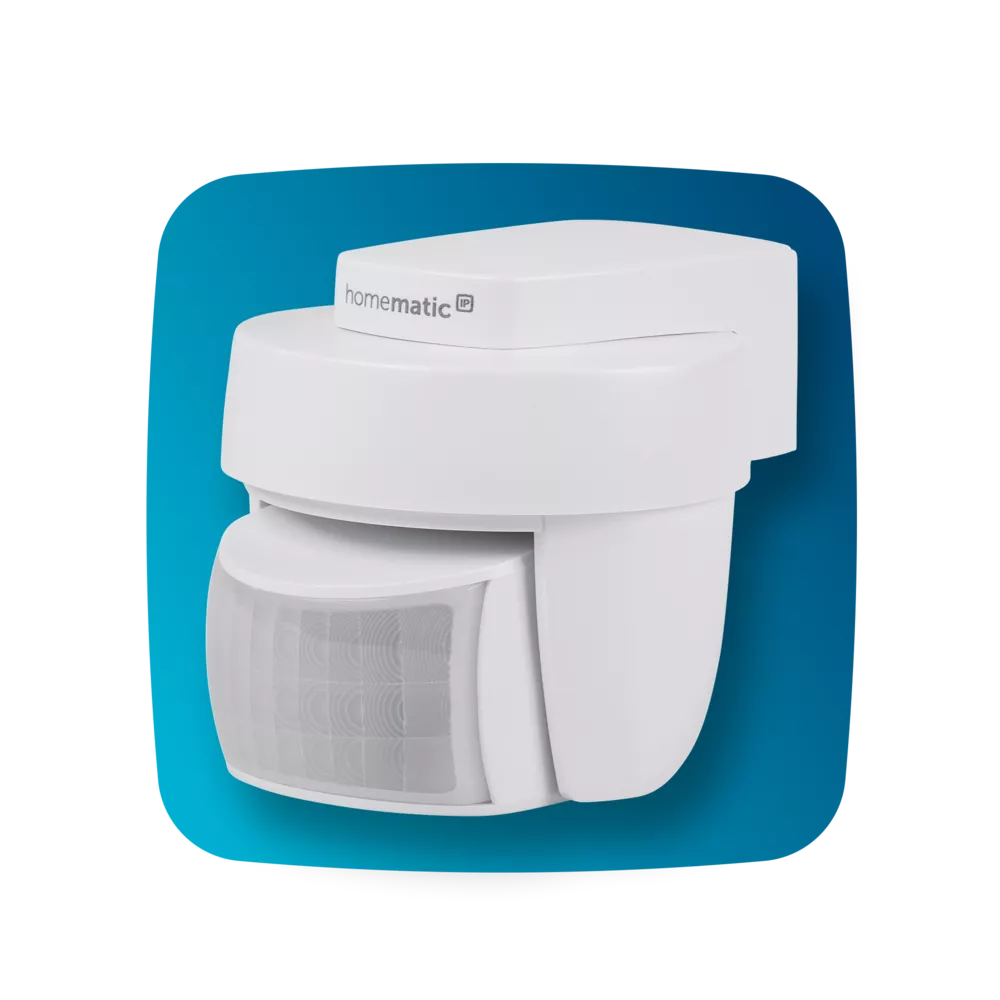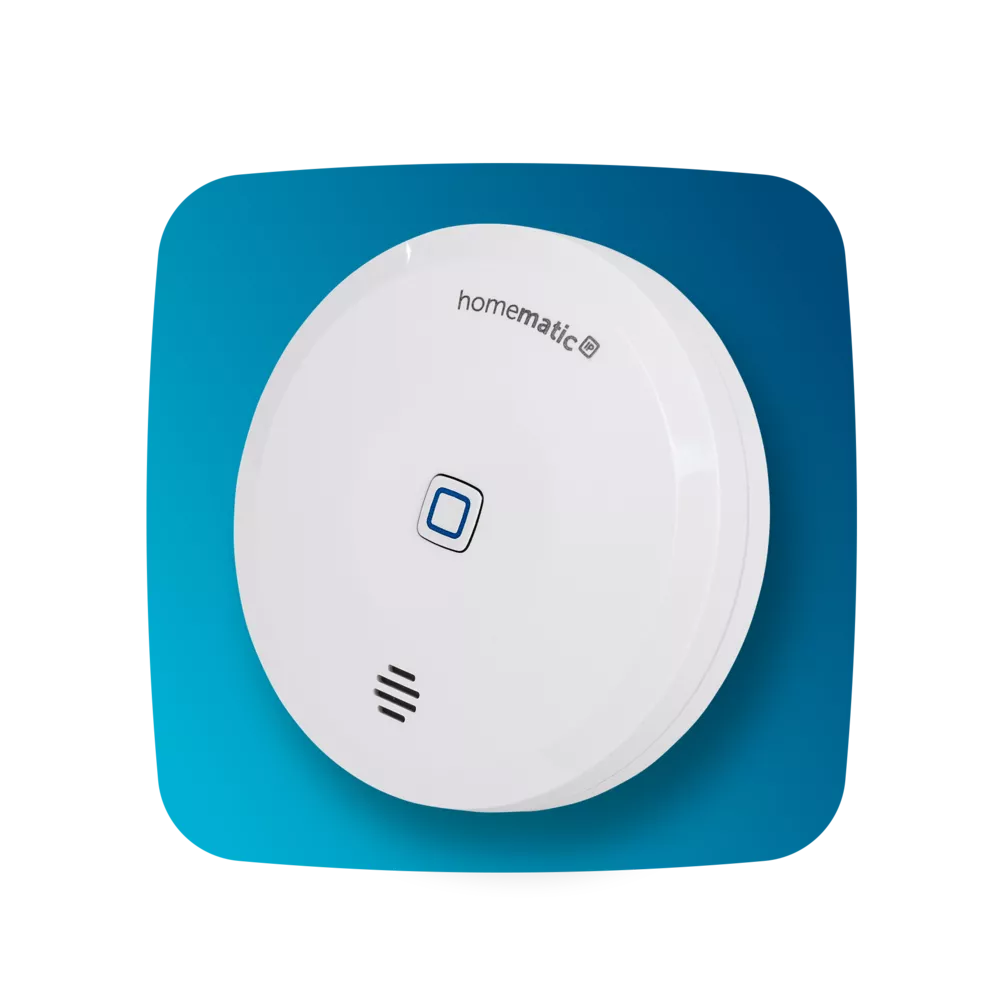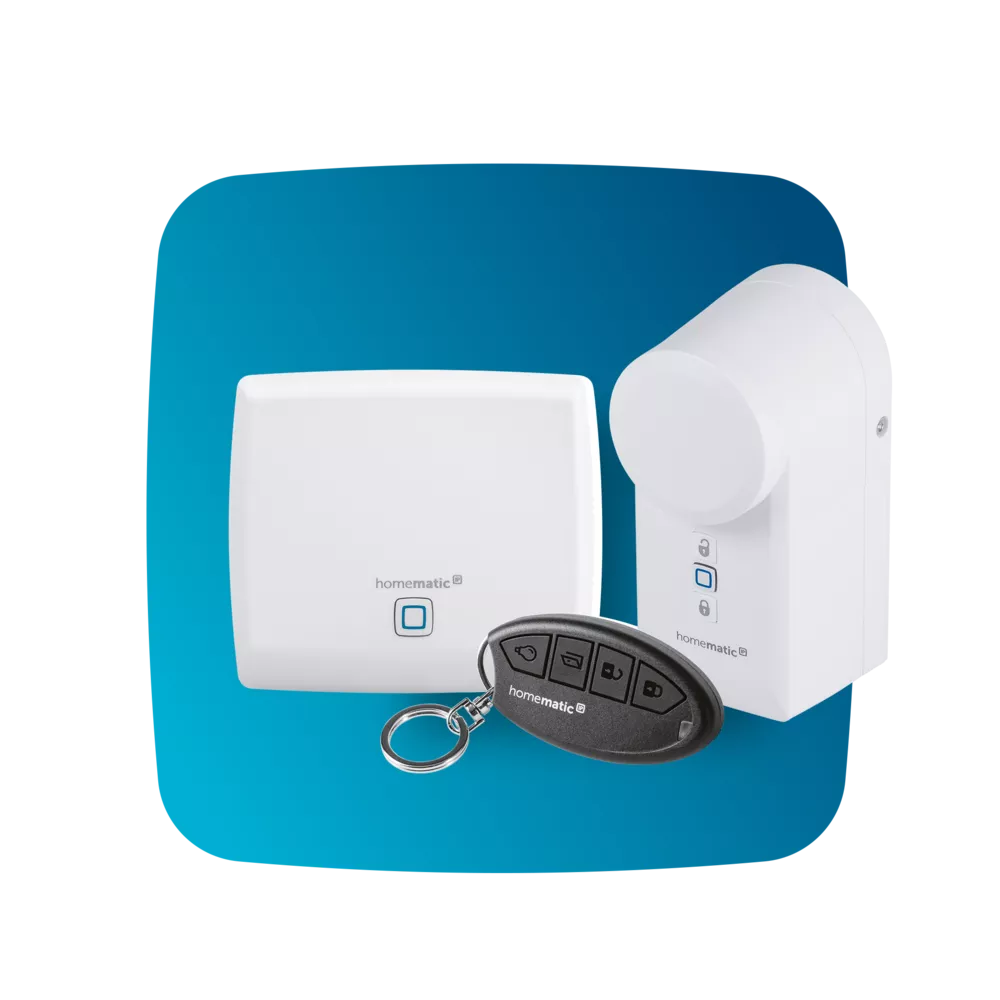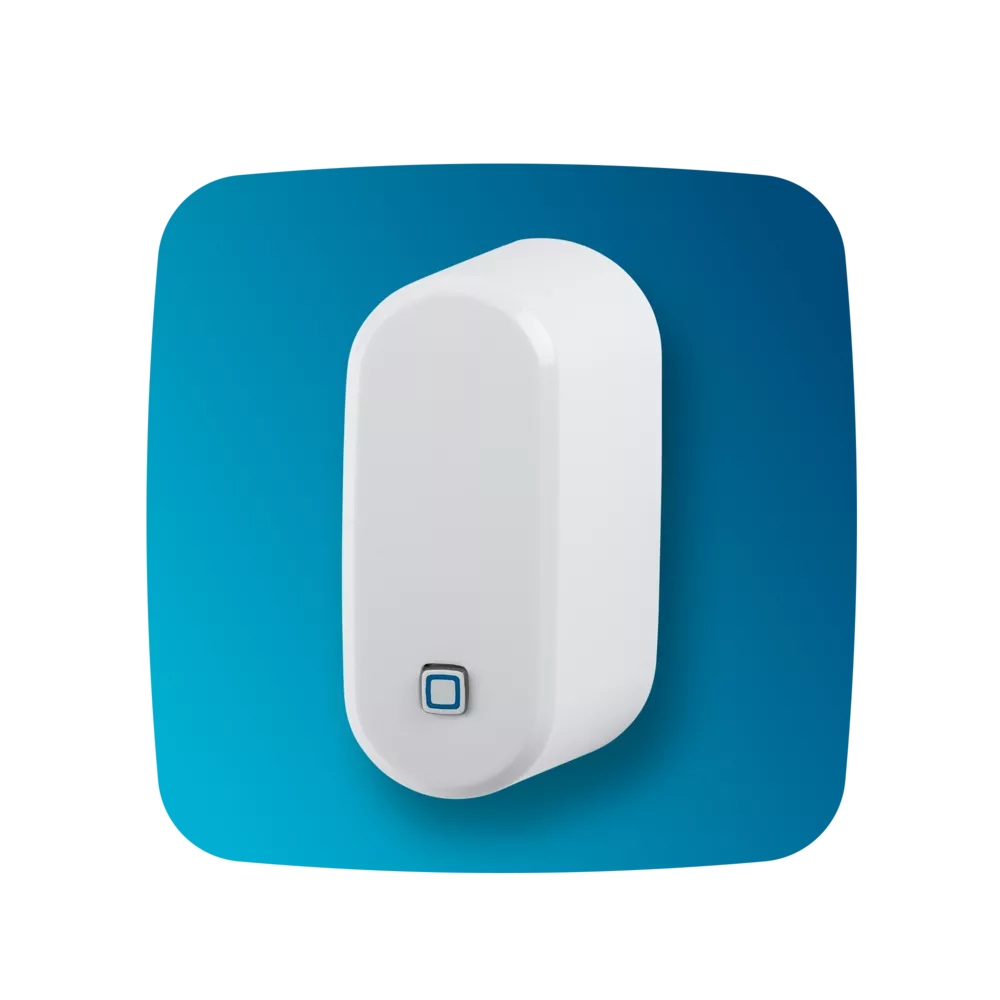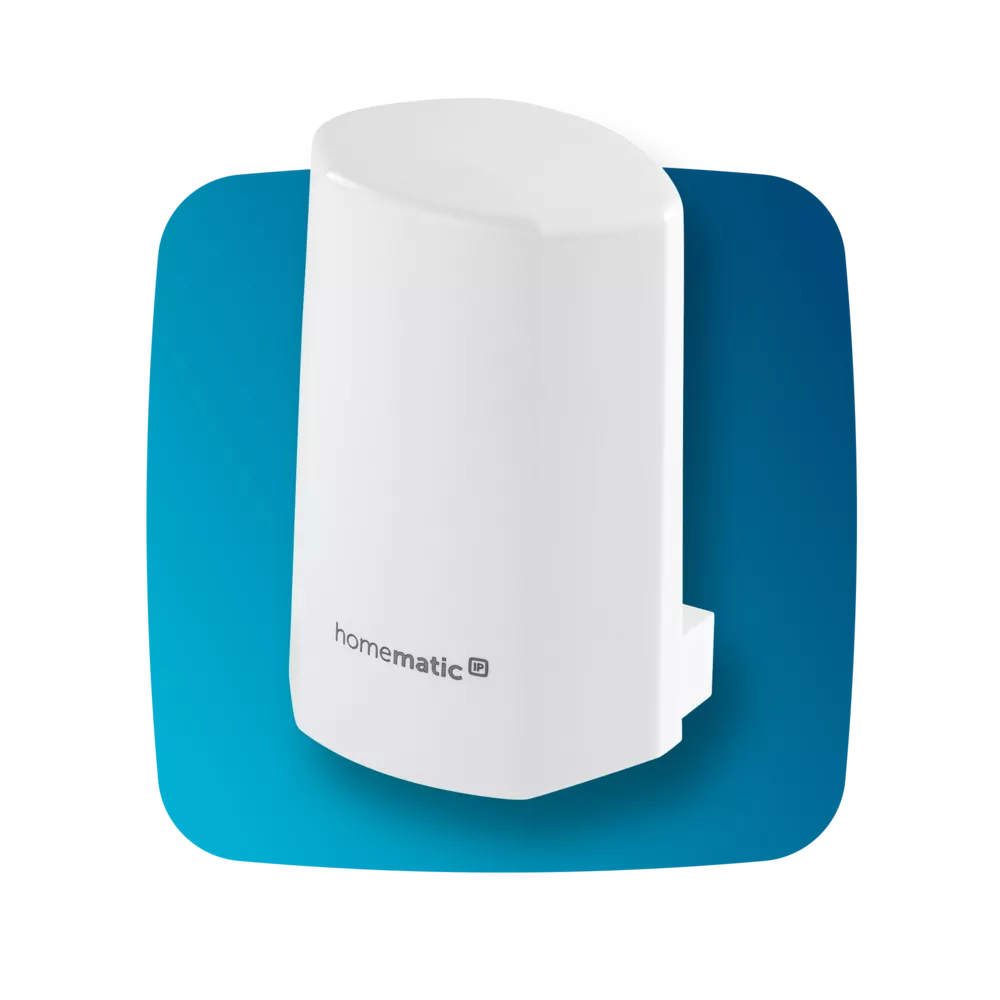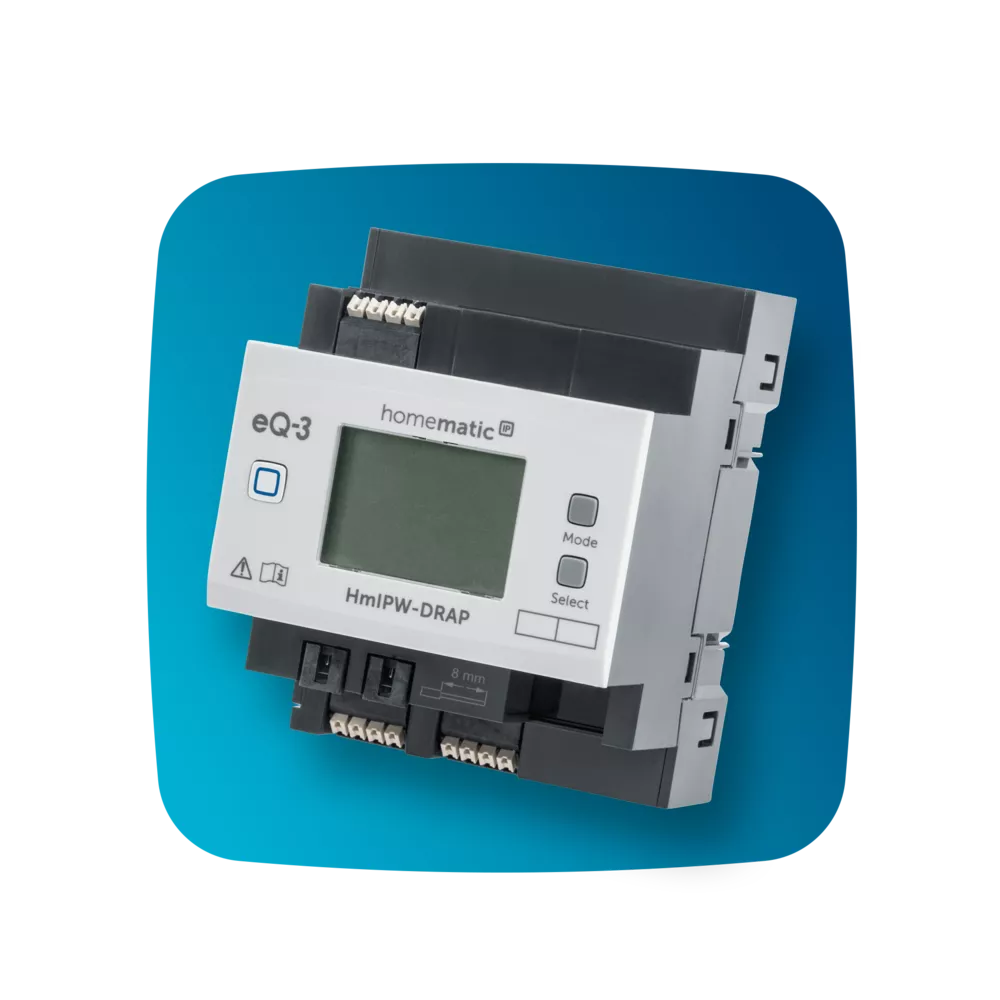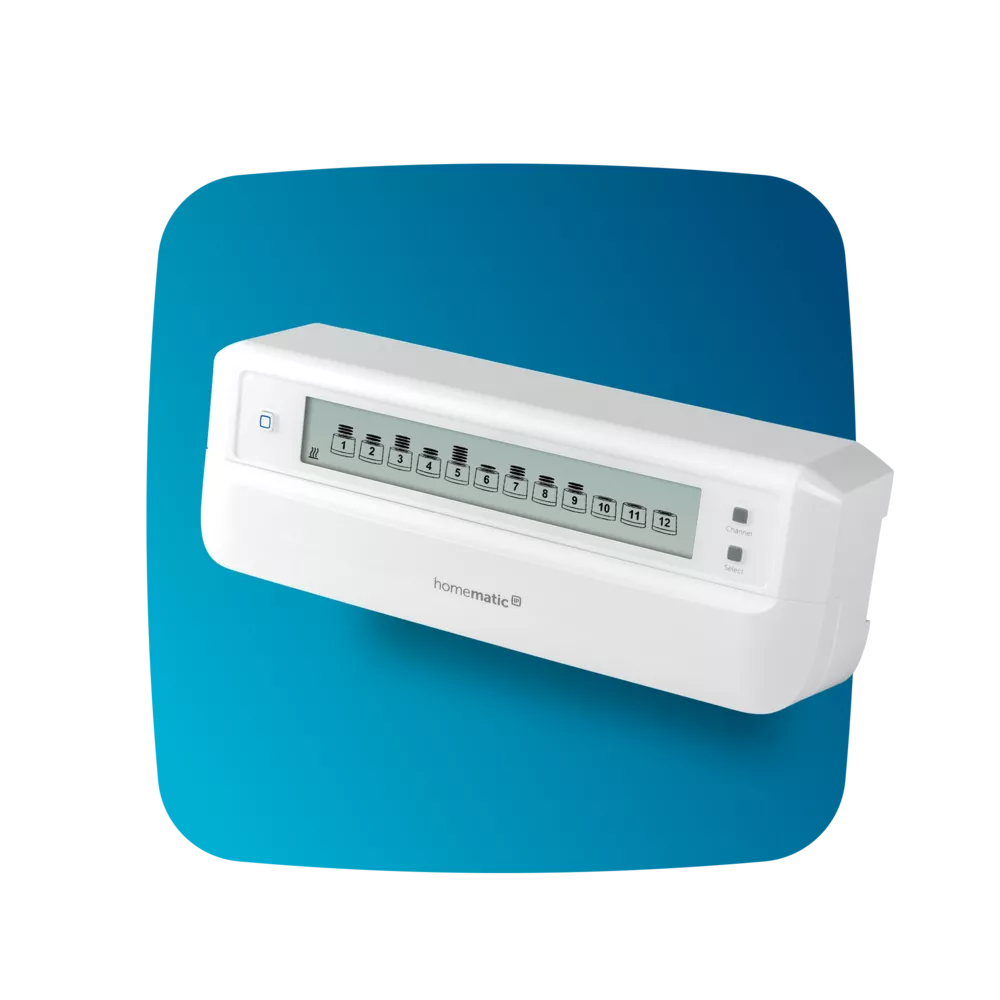Homematic IP achieves maximum flexibility in control cabinets
The market leader in home control* is again setting standards in simplicity and flexibility. Homematic IP is launching three new wireless actuators for rail mounting, ideally complementing Homematic IP wireless components. Actuators for switches, blinds and dimming control up to four channels comfortably via the electrical distribution system. The devices also have inputs for conventional 230 V push-buttons or switches. Existing buttons and switches can therefore still be used. The products impress with their ease of installation and configuration and are ideally suited for building extensions and especially for retrofitting existing electrical distributions.
The Homematic IP switch actuator for DIN rail mount – 4-channel enables easy switching of lights or radiators on up to four channels. In addition to four switching outputs, it also has four inputs for conventional 230 V push-buttons or switches and can therefore easily replace existing impulse switches. The Homematic IP dimming actuator for rail mount — 3-channel enables not only switching but also continuous dimming of up to three connected luminaires – to create the ideal lighting ambience in a smart home.
The Homematic IP blind actuator for DIN rail mount – 4-channel, controls up to four blinds, shutters or awnings directly from the distribution cabinet. For blinds, the slat angle can also be precisely adjusted. Each channel can be set to a different phase. Independent control of each channel, e.g. for shutters or lighting, is also possible. In addition to durable switching relays, the smart actuators also have eight inputs for conventional 230 V push-buttons or switches.
The actuators are flexible to control by wireless push button or remote control, by voice command or via the free Homematic IP app. Various time profiles and astro functions can also be set up in the app so that, for example, the roller shutters can be raised or lowered at set times or under certain weather conditions. Actuator connection requires no installation intervention at room level and is particularly simple and safe due to spring-loaded terminals. Functioning and wiring can be checked directly after installation and without prior programming via the illuminated display and the buttons on the device. The actuators can be operated either via the Homematic IP access point or with the locally operated CCU2 or CCU3 central units. As is usual for Homematic IP rail mount devices, all products carry the VDE test mark for device safety. Homematic IP is also the first and only system whose security for protocols, IT and data has been certified by the VDE.
* Smart Homes and Home Automation Study (09/2019) Berg Insight concerning "Whole Home" systems



